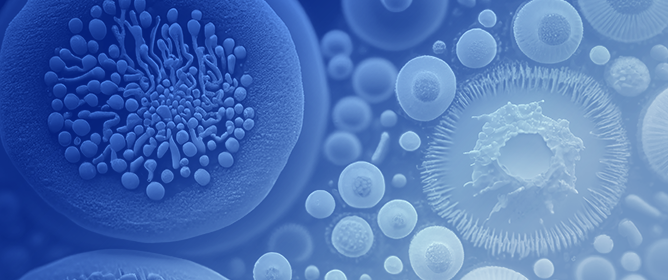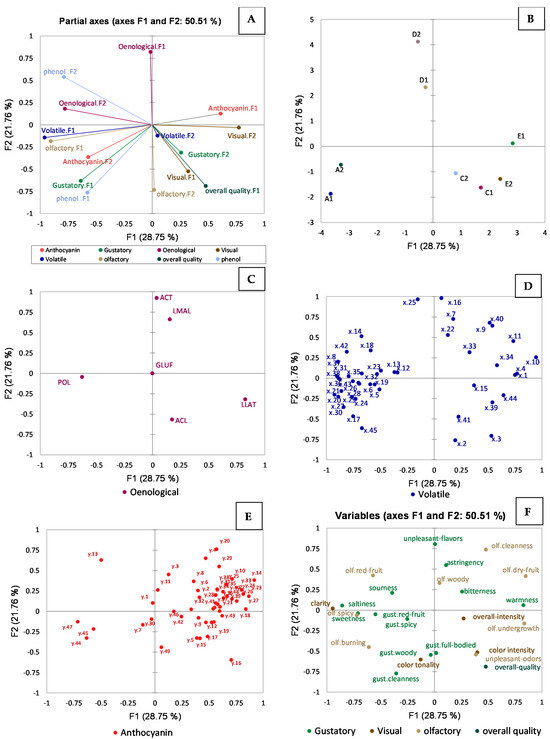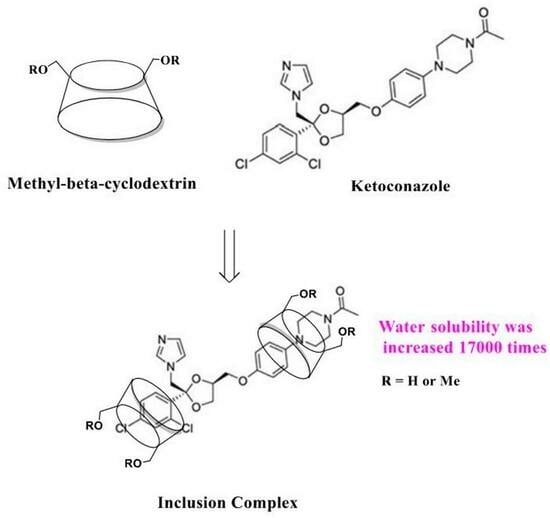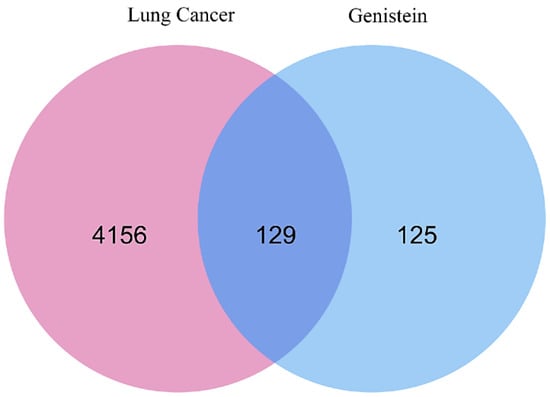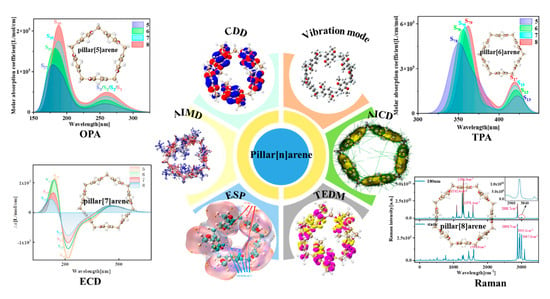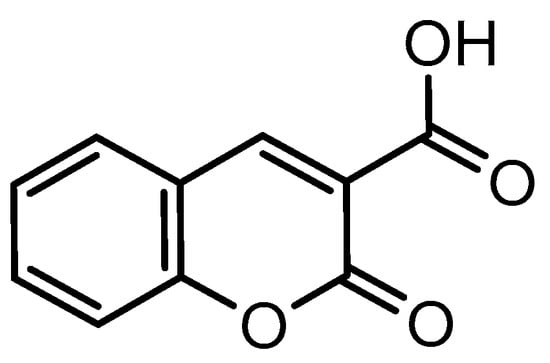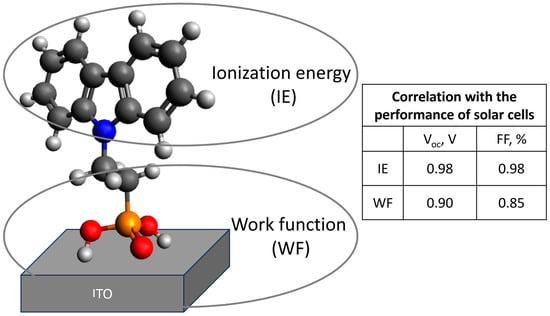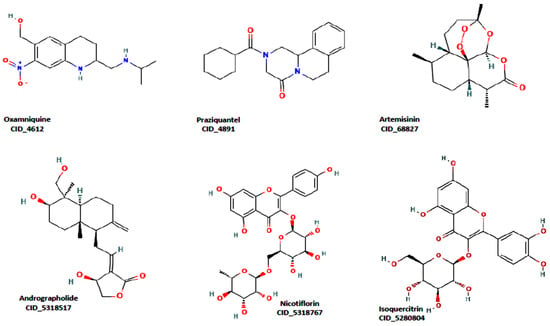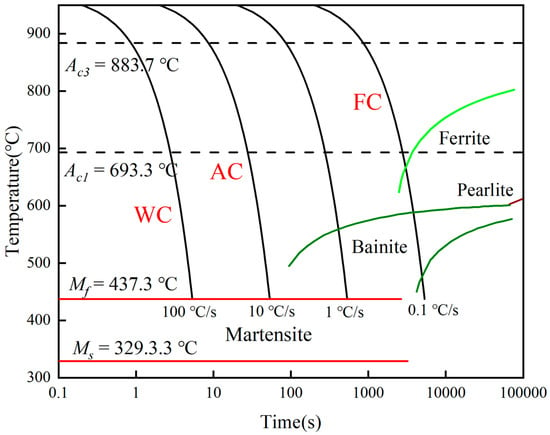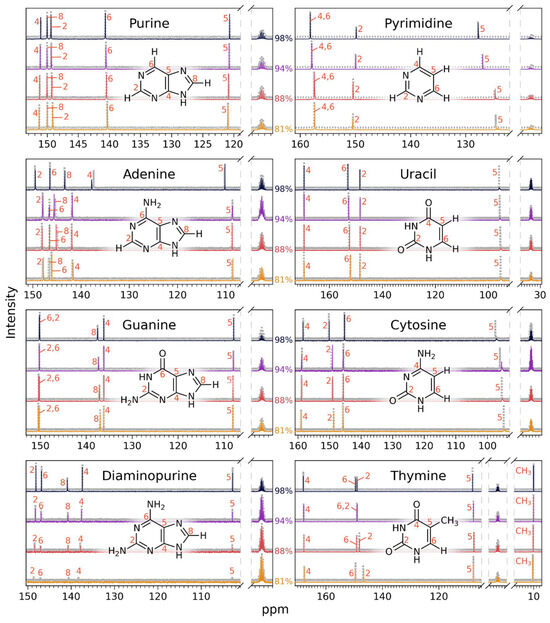Fullerenes, particularly C
60, exhibit unique properties that make them promising candidates for various applications, including drug delivery and nanomedicine. However, their interactions with biomolecules, especially proteins, remain not fully understood. This study implements both explicit and implicit C
60 models into
[...] Read more.
Fullerenes, particularly C
60, exhibit unique properties that make them promising candidates for various applications, including drug delivery and nanomedicine. However, their interactions with biomolecules, especially proteins, remain not fully understood. This study implements both explicit and implicit C
60 models into the UNRES coarse-grained force field, enabling the investigation of fullerene–protein interactions without the need for restraints to stabilize protein structures. The UNRES force field offers computational efficiency, allowing for longer timescale simulations while maintaining accuracy. Five model proteins were studied: FK506 binding protein, HIV-1 protease, intestinal fatty acid binding protein, PCB-binding protein, and hen egg-white lysozyme. Molecular dynamics simulations were performed with and without C
60 to assess protein stability and investigate the impact of fullerene interactions. Analysis of contact probabilities reveals distinct interaction patterns for each protein. FK506 binding protein (1FKF) shows specific binding sites, while intestinal fatty acid binding protein (1ICN) and uteroglobin (1UTR) exhibit more generalized interactions. The explicit C
60 model shows good agreement with all-atom simulations in predicting protein flexibility, the position of C
60 in the binding pocket, and the estimation of effective binding energies. The integration of explicit and implicit C
60 models into the UNRES force field, coupled with recent advances in coarse-grained modeling and multiscale approaches, provides a powerful framework for investigating protein–nanoparticle interactions at biologically relevant scales without the need to use restraints stabilizing the protein, thus allowing for large conformational changes to occur. These computational tools, in synergy with experimental techniques, can aid in understanding the mechanisms and consequences of nanoparticle–biomolecule interactions, guiding the design of nanomaterials for biomedical applications.
Full article
 IJMS
IMPACT
IJMS
IMPACT Applied Sciences
IMPACT
Applied Sciences
IMPACT Sustainability
IMPACT
Sustainability
IMPACT Sensors
IMPACT
Sensors
IMPACT JCM
IMPACT
JCM
IMPACT Energies
IMPACT
Energies
IMPACT Molecules
IMPACT
Molecules
IMPACT Materials
IMPACT
Materials
IMPACT Remote Sensing
IMPACT
Remote Sensing
IMPACT Cancers
IMPACT
Cancers
IMPACT Electronics
IMPACT
Electronics
IMPACT Mathematics
IMPACT
Mathematics
IMPACT Foods
IMPACT
Foods
IMPACT Buildings
IMPACT
Buildings
IMPACT Plants
IMPACT
Plants
IMPACT Nutrients
IMPACT
Nutrients
IMPACT Animals
IMPACT
Animals
IMPACT Polymers
IMPACT
Polymers
IMPACT Water
IMPACT
Water
IMPACT Diagnostics
IMPACT
Diagnostics
IMPACT Biomedicines
IMPACT
Biomedicines
IMPACT Agronomy
IMPACT
Agronomy
IMPACT Microorganisms
IMPACT
Microorganisms
IMPACT Processes
IMPACT
Processes
IMPACT Healthcare
IMPACT
Healthcare
IMPACT Forests
IMPACT
Forests
IMPACT Cells
IMPACT
Cells
IMPACT JMSE
IMPACT
JMSE
IMPACT Medicina
IMPACT
Medicina
IMPACT Viruses
IMPACT
Viruses
IMPACT Agriculture
IMPACT
Agriculture
IMPACT Nanomaterials
IMPACT
Nanomaterials
IMPACT IJERPH
IJERPH
 Land
IMPACT
Land
IMPACT Pharmaceutics
IMPACT
Pharmaceutics
IMPACT Pharmaceuticals
IMPACT
Pharmaceuticals
IMPACT Religions
IMPACT
Religions
IMPACT Biomolecules
IMPACT
Biomolecules
IMPACT Life
IMPACT
Life
IMPACT Micromachines
IMPACT
Micromachines
IMPACT Atmosphere
IMPACT
Atmosphere
IMPACT Antioxidants
IMPACT
Antioxidants
IMPACT Genes
IMPACT
Genes
IMPACT Metals
IMPACT
Metals
IMPACT Symmetry
IMPACT
Symmetry
IMPACT Children
IMPACT
Children
IMPACT Coatings
IMPACT
Coatings
IMPACT Vaccines
IMPACT
Vaccines
IMPACT Horticulturae
IMPACT
Horticulturae
IMPACT Education Sciences
IMPACT
Education Sciences
IMPACT Minerals
IMPACT
Minerals
IMPACT Brain Sciences
IMPACT
Brain Sciences
IMPACT JPM
IMPACT
JPM
IMPACT Bioengineering
IMPACT
Bioengineering
IMPACT


